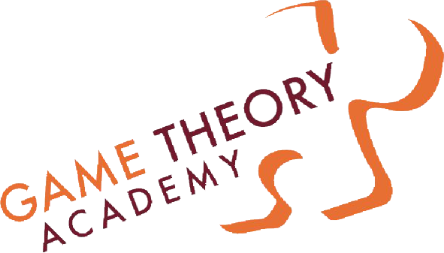by Michele Thorne, GTA Instructor
There’s something about this time of year that gives us a universal sense that we must urgently “get away” to somewhere else and relax. It’s the calling of the masses of students everywhere to stop everything and go rejuvenate and have some fun. It’s good to take a break.
However, during this time each year students are inspired to do the same thing at the same time – do something relaxing or fun for Spring Break. Ironically, during my spring GTA class this time around, Spring Break landed on Lesson 9 – the Debt lesson.
Much to my dismay on the day of class, 65% of students didn’t show. It didn’t make sense to me that I was about to teach the debt lesson – one of the most important lessons (maybe a close second to the opportunity cost lesson) of the entire ten weeks – and hardly anyone was there. I surely didn’t want to have to teach the lesson twice because it’s long, includes some math and interesting exercises, but can easily and quickly turn into a reason for the students to get chatty and distracted.
So instead of teaching the lesson, the handful of students and I reviewed a bit of the previous lesson. I let everyone leave early and paid them for the day as well. One student came to the class as I was packing up to let me know he was in the building the entire time I was there, but assumed that there wouldn’t be class. His reason for making that assumption was because it was Spring Break.
I understood his reason and who could blame him?
As I was leaving slightly frustrated, I figured that those who hadn’t shown up must have missed a piece of important information and conveniently herded themselves into believing there wasn’t going to be class that week. Adding to my frustration, I had a special surprise guest with me that day that I wanted them to meet.
What a bummer. The rest of the day I had convinced myself that it was the students’ (who chose not to come to class) loss for not being there. It was a perfect information and strategic problem – for them.
I figured I would create a chart to look at the opportunity cost of my choice to teach that day vs. relax that day. What I discovered from this analysis was kind of eye opening.
| WORK/LEARN DURING SPRING BREAK | RELAX DURING SPRING BREAK | |
| BENEFITS | – Earn money/bonus- Teach/Learn more decision making information
– Feel accomplished A |
– Enjoy time with loved ones- Spend time freely
– Feel rejuvenated after B |
| COSTS | C – Miss out on fun/relaxing events
– Cost of transportation – Feel more tired and frustrated |
D– Make less/no money
– Get behind on tasks and chores – Cost to go out/somewhere |
Turns out, maybe it was a perfect information and strategic problem for me…?
It becomes clear that the opportunity cost of my decision (box B) to work/teach during Spring Break cost me the benefits of spending my time freely and enjoying quality time with friends and special guests, and also cost me the positive effects of rejuvenation. I still paid the actual cost of transportation and the time it took to get to class, as well as the cost of feeling more tired and frustrated at the end of the class.
Alternatively, most of the students in my class chose what most high school students would during spring break…to relax. The opportunity cost (box A) for many of the students who decided to relax only cost them $10. Luckily, many had attended all of the previous classes so they knew they would still earn the bonus. To boot, they got all the benefits of relaxing during Spring Break PLUS they got the benefit of learning about debt the following week anyway.
Hmmmn. Was the opportunity cost of my decision to teach higher than I realized, even though it was my responsibility to be at RYSE and teach the class regardless…? What didn’t I know?
I didn’t know that it was Spring Break for the youth.
The fact that it was Spring Break never crossed my mind. I decided to teach, not only because it was my responsibility to do so, but I was scheduled to teach the debt lesson (one of my favorites) and I earned money being there. I enjoy teaching the debt lesson because of its importance and impact on long-term financial health, so I was really looking forward to it.
The outcome I expected was to have full attendance and attention from the students, and for them to go home from this lesson understanding what debt is, how different financial products can be predatory and what they should look for or do to protect their financial futures.
The outcome I experienced reflected that I didn’t have perfect information. Truth is, if I had known that it was Spring Break prior to the class, I could have decided to postpone the class for one week without much loss in time or money for me or for the students. We all could have enjoyed the benefits of taking a break.
Every time I teach, I learn. This class marks my 9th round of teaching Game Theory Academy and this time is not any different. The value (for me) of thinking through this, even in retrospect, is to be able to make better decisions and maximize time and resources better (for everyone) the next time around.
You can bet next year, I will know when Spring Break is…

